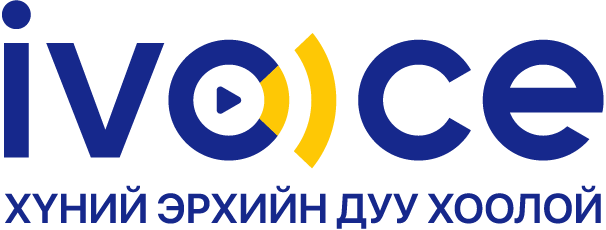Due Diligence and Risk Factors
It’s a buyer conducting an inspection of their property prior to a purchase or an acquiring company examining the tax situation of a target firm before completing a merger due diligence is about assessing the risks and opportunities. It is also crucial to share the results with all stakeholders and ensure that they know how to limit any liabilities.
Businesses and financial institutions conduct enhanced due diligence (EDD) on both individual and corporate clients in order to identify and assess the risk. In this type of investigation, additional steps are taken to verify the identity of a customer and to determine the nature of complex transactions. These additional steps might include looking into the source of the funds, examining business relationships and evaluating the motive behind particular transactions.
This is usually an amalgamation of advanced technology and expert knowledge. Machine learning algorithms and artificial intelligence can streamline the due diligence by automating document reviews and conducting predictive risks analyses. These technologies can also aid in the identification of red comparing virtual data rooms flags and potentially suspicious activity by analysing vast amounts of data across many sources, including transaction histories, adverse media reports, and more.
Another vital aspect of EDD is the use of both internal and external resources to ensure an accurate investigation. Legal experts, accounting firms, and industry specialists can all examine the financial records to ensure the accuracy of the data and spot accounting irregularities. External verification is crucial especially when evaluating complicated transactions in highly regulated fields like finance and banking.





